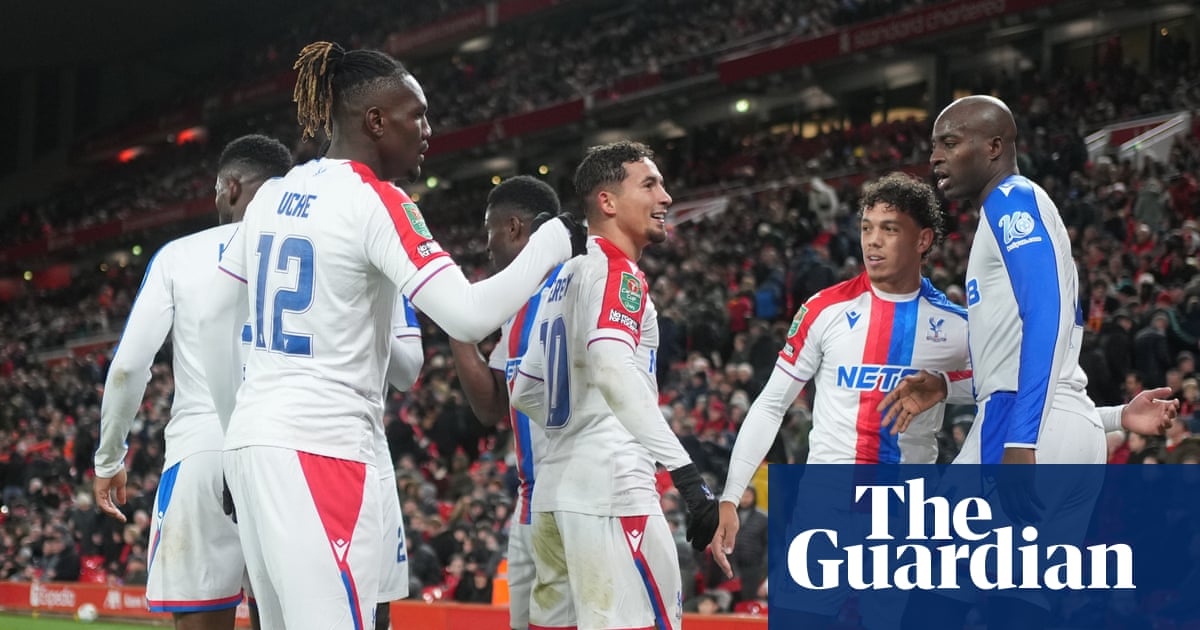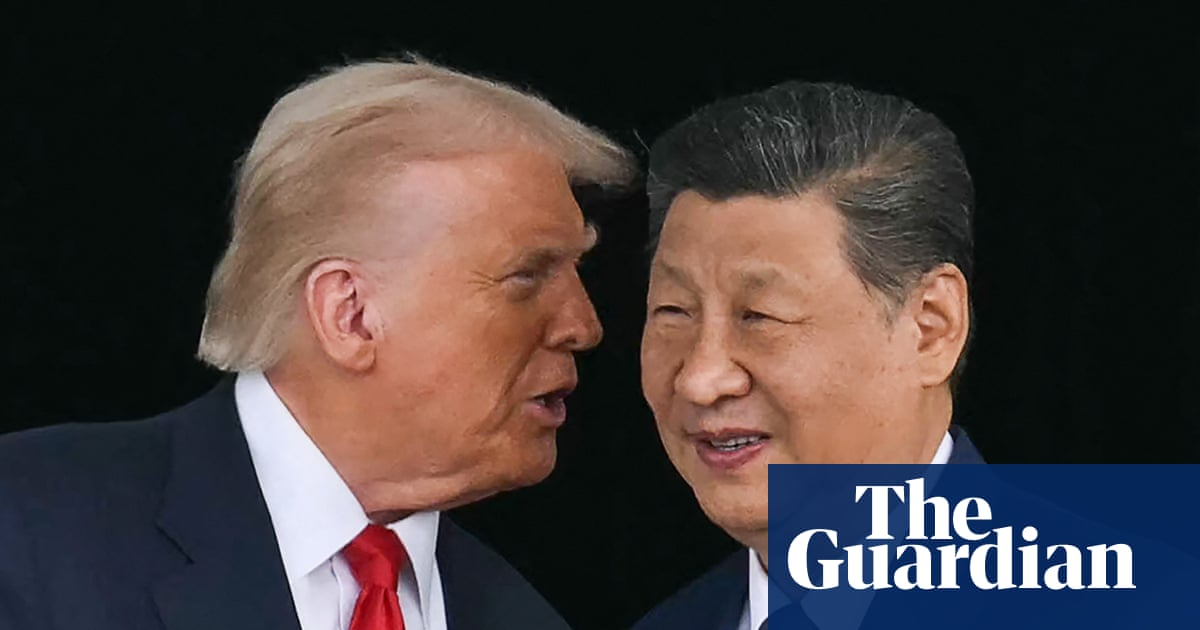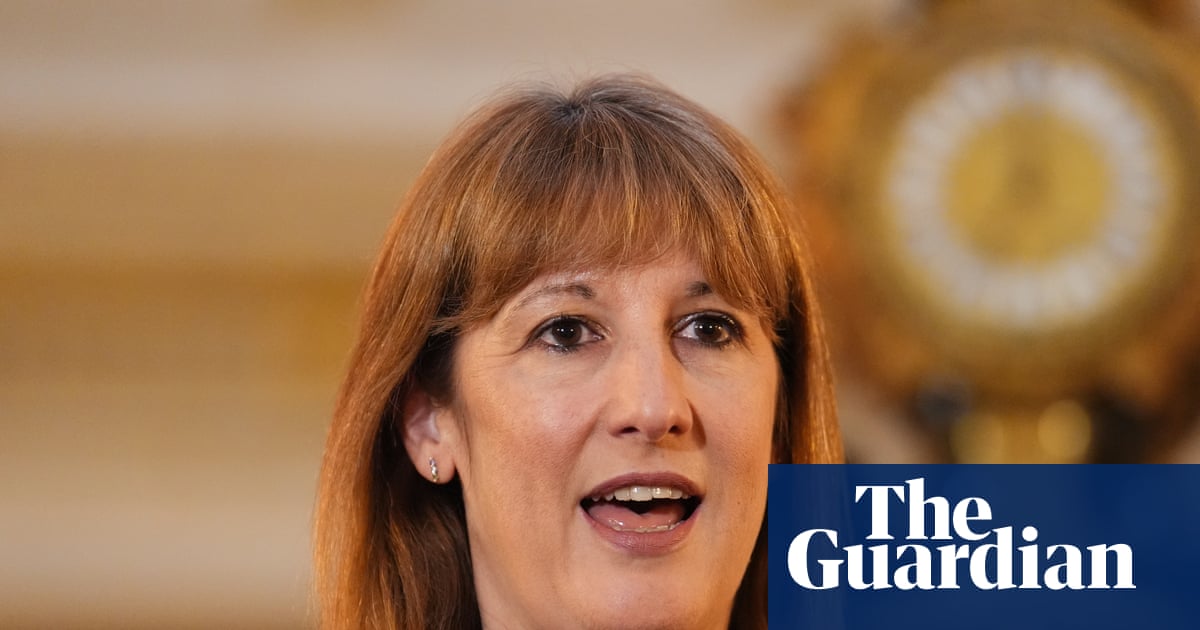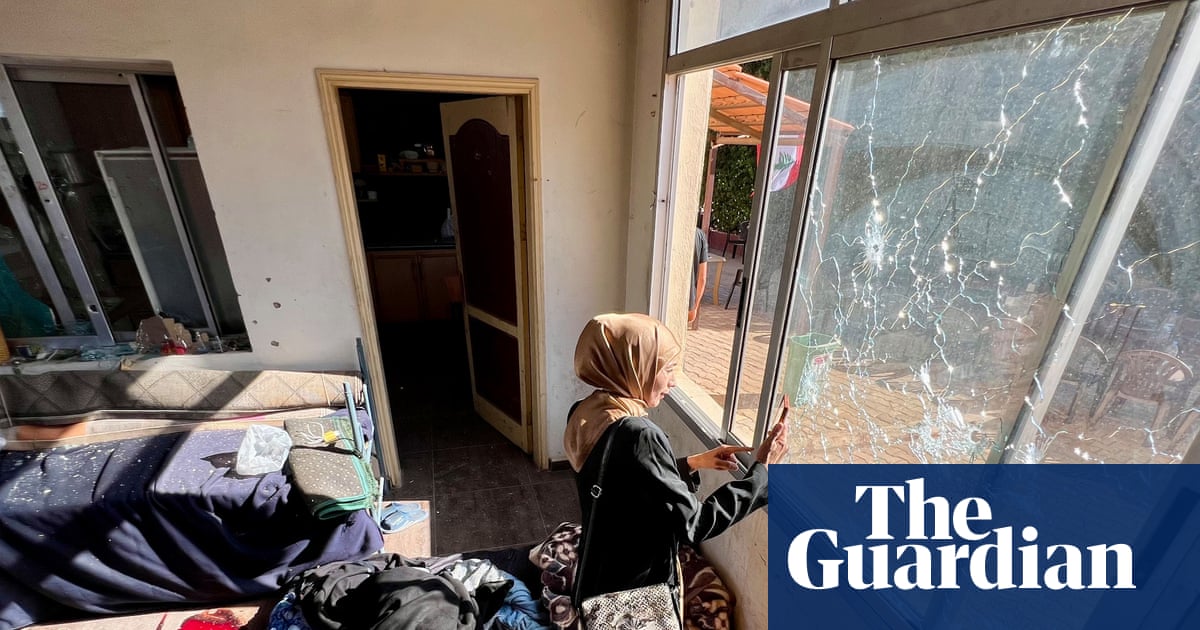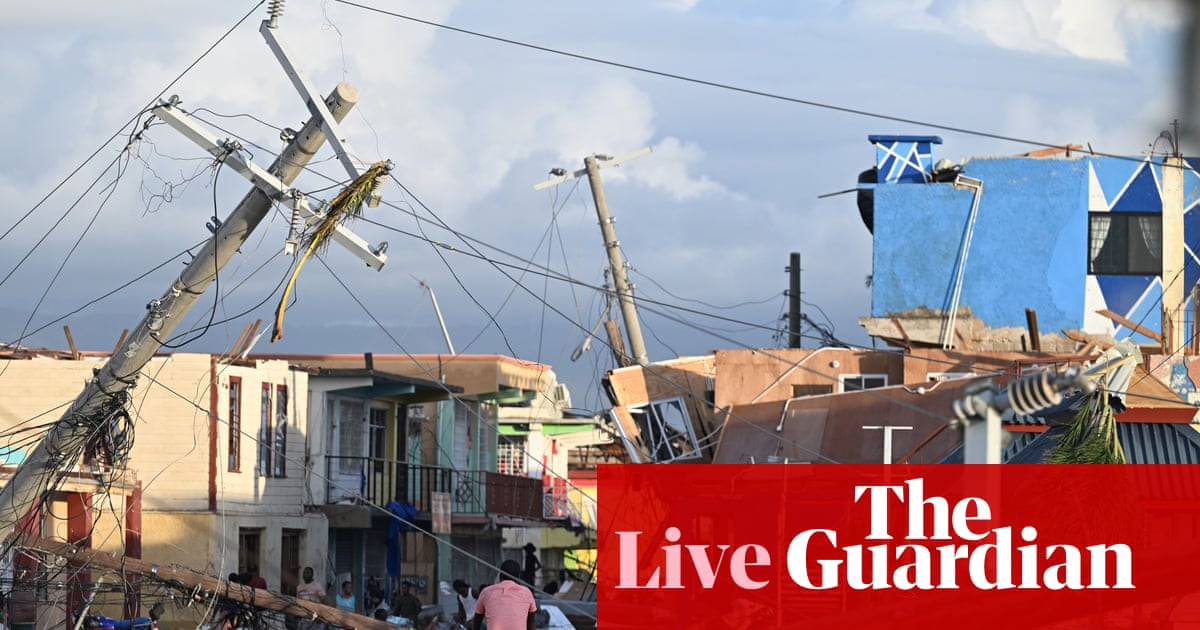For months, people in my life had been asking me when and where to get World Cup tickets. In the absence of any actionable information from Fifa before the first round of the pre-sale opened up, they hoped, I guess, that I had inside knowledge.
In truth, I only knew that Fifa would be using the universally despised dynamic pricing model, and that the bid book for the 2026 World Cup had promised an average group stage ticket price of $305. Mind you, that was seven and a half years ago and an awful lot of inflation has happened since then. In the bid, Category 4 tickets for the group stage – the cheapest seats available – were priced at $21. (As we would soon learn, the actual price would start at $60, and category 4 tickets are almost non-existent.)
I play over-40 pickup soccer with a group of a few dozen soccer-loving friends in New York’s Hudson Valley. In the group chat, anticipation built for the first round of general ticket sales in early October. Tidbits were traded. Links were shared. It was broadly accepted that the prices would be eye-watering – surely several hundred dollars per ticket, as this was the point of a North American World Cup, after all. Nineteen of us entered the Visa pre-sale lottery, as did 4.5 million others. Two of us, including me, won a time slot to buy tickets. It’s hardly a scientific sample at two people, but if our experiences are anything to go by, there are already serious questions around affordability at this World Cup (it makes sense an affordability-focused political candidate would make it an issue).
The first of us to venture into the time slot stage spent two hours in a countdown queue loop that reset every 10 minutes. When he finally got in, category 4 tickets were sold out. He snagged some category 3 tickets to a round-of-32 knockout match in New Jersey, but his bank blocked the transaction. By the time he had resolved the issue, the system wouldn’t let him reorder those tickets, as it had logged the original, failed transaction as a sale, thus barring him from a second acquisition for the same match. He finally settled for some group-stage tickets instead.
Two days later, I also spent several hours in ticketing purgatory before I was finally granted five whole minutes to log in.
It was sort of ironic that I got through at all since I was on the fence about taking my family to the World Cup in the first place, after our most recent outing to a Fifa tournament had its ups and downs. But it would be another year on, and World Cups in all their color and noise and sensation are extraordinary things to witness. I’ve been to three, and they are milestones in my life, that left vivid memories I doubt will ever fully fade. I figured I could always ditch the tickets on Fifa’s secondary market (less a 15% fee) if we decided not to go. But I wanted the experience to at least be something we could opt into.
When I got a glimpse at the remaining inventory at last, everything in category 3 was gone as well for any game I was interested in – basically whatever was within a three-hour drive. The cheapest tickets left for any game at MetLife Stadium in New Jersey were $465 apiece and somehow also most likely in the upper deck. If we got the maximum of four tickets, that would easily make it a $2,000 day between the tickets, parking and other assorted expenses. And since the draw was still almost two months away, our tickets may yet turn out to be for a game like Qatar v Paraguay – potentially a barnburner on its day, of course, but at that price tag would need to deliver some serious pyrotechnics.
I decided against it. Instead, I offered to get anybody else in my men’s league group chat the $465 tickets and transfer them. Out of 28 people in the chat with an interest in World Cup tickets – I went back and polled them, because we’re doing Journalism here – just one took me up on the offer. He had friends coming over from England for the World Cup, after all, and didn’t want to let them down.
I ordered him four tickets to a group-stage match at the Meadowlands in category 2 at a total cost of $1,860. “I’m probably gonna regret this,” he said, as he signed off on the purchase.
Then kicked off a new kind of kerfuffle: actually transferring the tickets to him.
One fruitless attempt after another left the tickets stuck in my Fifa account. “It felt like genuine progress when, after a week, the website went from aimlessly refreshing when trying to accept, to actually returning an error code,” said the friend.
It took almost two weeks for the transfer function to finally work. And when it ultimately did, it left no paper trail at all. The tickets simply vanished from my account and appeared in his, giving me no notice, confirmation or receipt concerning the status of my near-$2,000 purchase.
after newsletter promotion
As a second phase of the early ticket draw opened on Monday, with another sales phase to come starting on 12 November, my experience has me wondering who will actually be at this World Cup. With those sorts of ticket prices, and these sorts of technical challenges, who is all of this for? And who, in the end, will be there when the games get underway?
If even those with the interest and the disposable income and the time and the logistical means of getting to a game hesitate at those prices, who are the real customers? More than a million tickets were sold in the first phase, per Fifa, but to whom? And how on earth might fans from other countries, where spending power tends to be lower than in the American middle class – and have to pay for flights and accommodation too – possibly afford to go? Will there be any kind of atmosphere at the games, if it’s just stockbrokers and lawyers and tech bros and sponsors and dignitaries filling the stadiums?
Will it be the World Cup for the 1%?
We can probably state with more certainty who won’t be there: a lot of people really keen on going to this generational event who can’t begin to afford it. A teacher I know is desperate to get tickets – any kind at all – for her soccer-besotted son. She’d been asking for updates about where and how to buy them for at least a year, maybe two. When I told her what the tickets I briefly had access to were selling for, she winced and shook their head sadly. “No…,” she said. “No.”
-
Leander Schaerlaeckens’ book on the United States men’s national soccer team, The Long Game, is out in the spring of 2026. You can preorder it here. He teaches at Marist University.

 3 hours ago
5
3 hours ago
5




